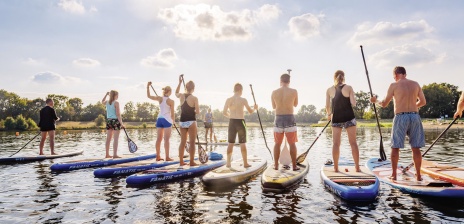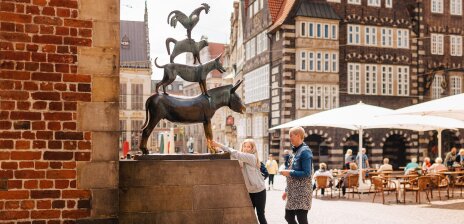The River Weser - Bremen's Lifeline
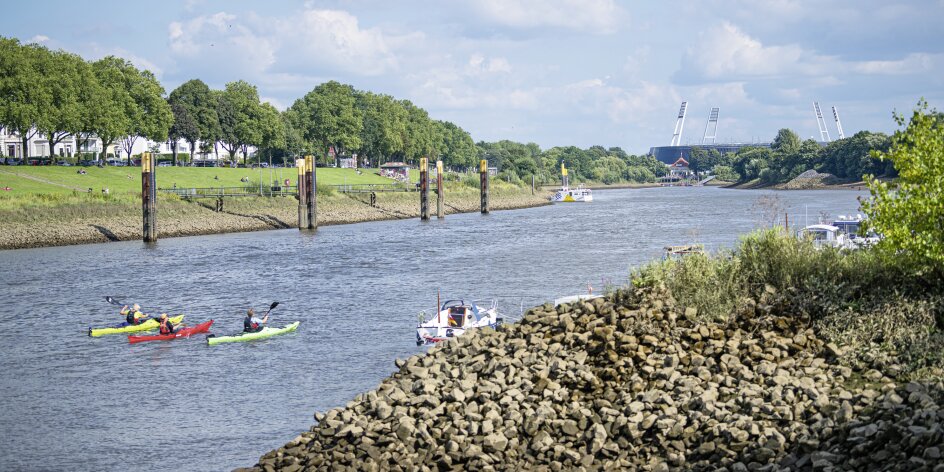
© WFB / Carina Tank
It rises in the Weserbergland region "where the Werra and Fulda kiss" and is in many ways the lifeline and heart of the Hanseatic City of Bremen: the Weser.
Geographically, the Weser forms a cross-section of the city through which it meanders from Obervieland in the southeast to Vegesack in the northwest. This is how the city area is commonly divided into "left of the Weser" and "right of the Weser". The location on the river was already decisive when the city was first settled. From then on, the Weser had a decisive influence on the development of the city. Due to the direct connection of the Lower Weser to the North Sea, Bremen participated in maritime trade, became part of the Hanseatic League and a city of great economic importance.

© WFB
Die Weser fließt wie eine Lebensader durch Bremen
Strolling and Relaxing along the Weser
The Weser is also the centre of many activities for many Bremeners in their free time. Whether it's a walk along the dyke or the many promenades, a visit to the numerous bars and restaurants at Schlachte or Überseestadt, or the extensive green spaces like at Osterdeich, which invite you to relax and sunbathe - people meet at the Weser and allow themselves some downtime. The Weser even has beaches to offer: At Café Sand or Waller Sand you can relax from everyday life with real holiday flair.
Fitness in and along the river
For those who like it sporty, extensive networks of paths along the river offer opportunities for cycling, jogging or inline skating. But activities on the river such as rowing or sailing are also becoming increasingly popular.
Bathing and swimming, on the other hand, is only allowed in the Weser at Café Sand, and here too caution is advised: Heavy barges often sail in the navigation channel, and swimmers should not get in their way. The current is also very dangerous on some days and is easily underestimated.

Boats, Canoes, Paddleboards and more
Rental services in Bremen
© WFB Wirtschaftsförderung Bremen GmbH/T. Vankann
You might also be interested in...

Maritime Bremen
© WFB/ Carina Tank
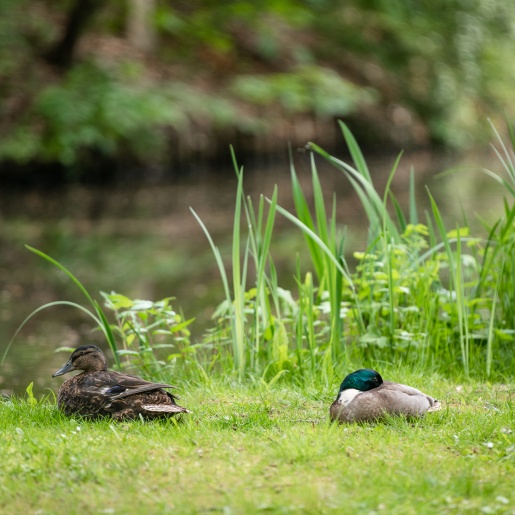
Parks and Recreation
© WFB / Melanka Helms-Jacobs
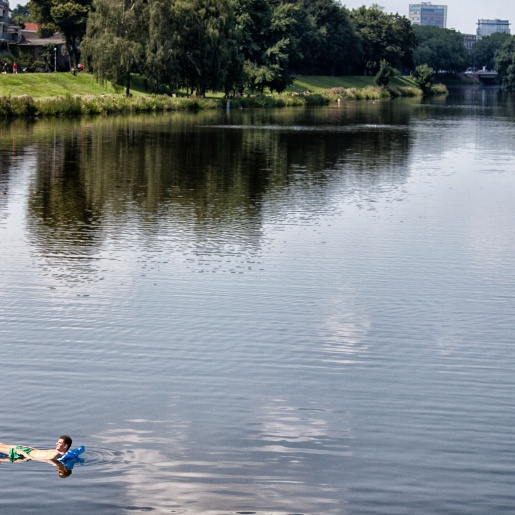
Stadtwerder and Lake Werdersee
© WFB Wirtschaftsförderung Bremen GmbH/T. Vankann
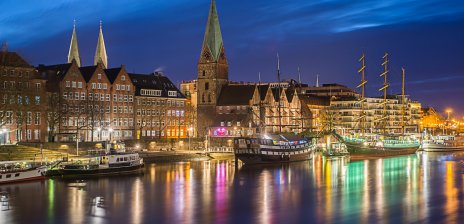
Ships on the Weser
© WFB/Jens Hagens
